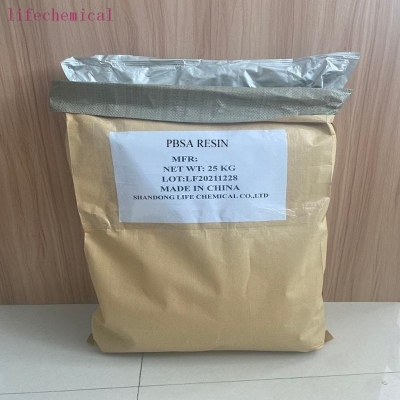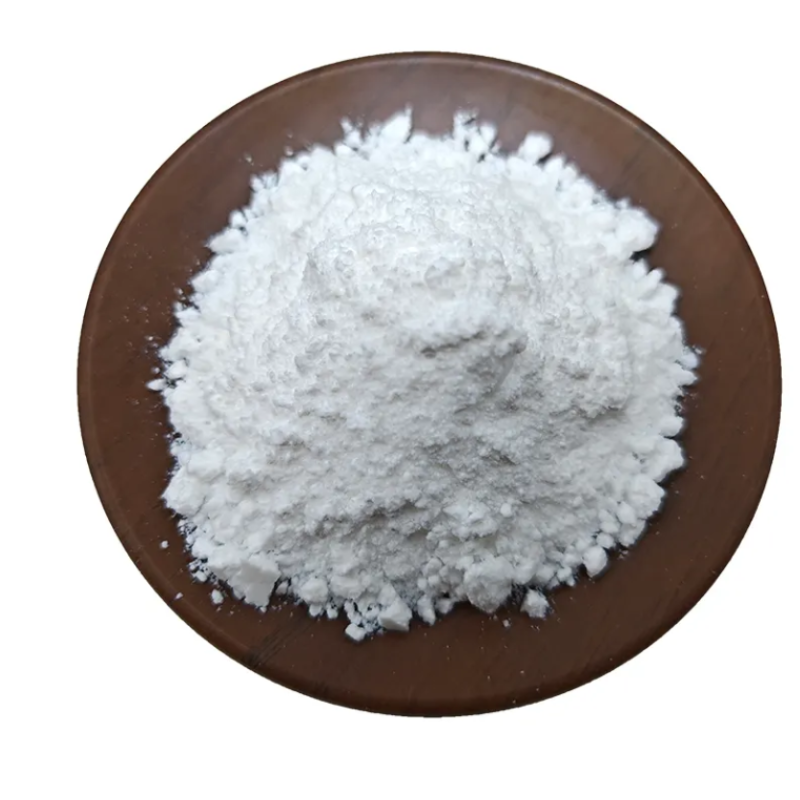-
Categories
-
Pharmaceutical Intermediates
-
Active Pharmaceutical Ingredients
-
Food Additives
- Industrial Coatings
- Agrochemicals
- Dyes and Pigments
- Surfactant
- Flavors and Fragrances
- Chemical Reagents
- Catalyst and Auxiliary
- Natural Products
- Inorganic Chemistry
-
Organic Chemistry
-
Biochemical Engineering
- Analytical Chemistry
-
Cosmetic Ingredient
- Water Treatment Chemical
-
Pharmaceutical Intermediates
Promotion
ECHEMI Mall
Wholesale
Weekly Price
Exhibition
News
-
Trade Service
Recently, the research team of Sun Jian of the Dalian Institute of Physics, Chinese Academy of Sciences discovered a copper catalyst that can replace the precious metal gold or silver.
It shows completely different performance from traditional copper catalysts and close to gold or silver in the catalytic hydrogenation reaction
.
The electronic structure of precious metals such as gold and silver is stable, and it is not easy to chemically react with other chemical substances under normal conditions.
It exhibits high catalytic activity.
At the same time, it also has the characteristics of high temperature resistance, oxidation resistance, and corrosion resistance, making it the most important catalyst material
.
Although noble metals have good catalytic properties, their high prices limit their practical applications
.
Compared with gold and silver, the non-precious metal copper of the same family is easier to obtain and cheaper, but copper metal is more likely to lose peripheral electrons and is more likely to be oxidized in catalytic reactions, so the chemical properties of copper catalysts are not stable
.
? In order to improve the stability of the copper catalyst, the research team tried to change the external electronic structure of copper through the "high-energy plasma stream bombardment" method, so that the copper exhibits the characteristics of the precious metal gold and silver, which can replace the gold and silver catalysts
.
This process of bombarding copper with a plasma stream to change its electronic structure has been compared by researchers to the "freezing" treatment of copper catalysts
.
It uses a magnetron sputtering device, driven by an electric field, through a high-energy particle stream generated by plasmaized argon gas, directional bombardment of the copper metal target, so that the metal copper is uniformly deposited on the surface of the carrier in the form of atoms
.
? Researchers try to replace precious metal catalysts with "frozen" copper nanoparticle catalysts in the catalytic hydrogenation of dimethyl oxalate
.
The experimental results show that the "frozen" copper nanoparticles can be locked in the metal state during the reaction.
When the reaction temperature is between 230°C and 290°C, the main product of the hydrogenation reaction of dimethyl oxalate is ethanol with high added value.
The selectivity of methyl glycolate is as high as 87%.
During the reaction, the "frozen" copper nanoparticle catalyst exhibits a catalytic performance that is very similar to that of the precious metal gold or silver
.
? This result overturns the traditional knowledge that copper catalysts are beneficial to deep hydrogenation reactions to produce alcohol compounds such as ethylene glycol and ethanol, and proves that copper metal can exhibit catalytic performance very similar to precious metals gold or silver after treatment
.
It shows completely different performance from traditional copper catalysts and close to gold or silver in the catalytic hydrogenation reaction
.
The electronic structure of precious metals such as gold and silver is stable, and it is not easy to chemically react with other chemical substances under normal conditions.
It exhibits high catalytic activity.
At the same time, it also has the characteristics of high temperature resistance, oxidation resistance, and corrosion resistance, making it the most important catalyst material
.
Although noble metals have good catalytic properties, their high prices limit their practical applications
.
Compared with gold and silver, the non-precious metal copper of the same family is easier to obtain and cheaper, but copper metal is more likely to lose peripheral electrons and is more likely to be oxidized in catalytic reactions, so the chemical properties of copper catalysts are not stable
.
? In order to improve the stability of the copper catalyst, the research team tried to change the external electronic structure of copper through the "high-energy plasma stream bombardment" method, so that the copper exhibits the characteristics of the precious metal gold and silver, which can replace the gold and silver catalysts
.
This process of bombarding copper with a plasma stream to change its electronic structure has been compared by researchers to the "freezing" treatment of copper catalysts
.
It uses a magnetron sputtering device, driven by an electric field, through a high-energy particle stream generated by plasmaized argon gas, directional bombardment of the copper metal target, so that the metal copper is uniformly deposited on the surface of the carrier in the form of atoms
.
? Researchers try to replace precious metal catalysts with "frozen" copper nanoparticle catalysts in the catalytic hydrogenation of dimethyl oxalate
.
The experimental results show that the "frozen" copper nanoparticles can be locked in the metal state during the reaction.
When the reaction temperature is between 230°C and 290°C, the main product of the hydrogenation reaction of dimethyl oxalate is ethanol with high added value.
The selectivity of methyl glycolate is as high as 87%.
During the reaction, the "frozen" copper nanoparticle catalyst exhibits a catalytic performance that is very similar to that of the precious metal gold or silver
.
? This result overturns the traditional knowledge that copper catalysts are beneficial to deep hydrogenation reactions to produce alcohol compounds such as ethylene glycol and ethanol, and proves that copper metal can exhibit catalytic performance very similar to precious metals gold or silver after treatment
.







